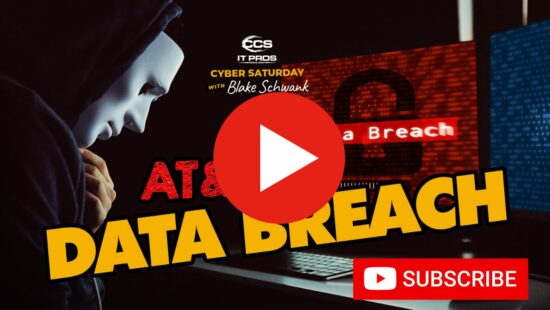Advance Auto Parts recently faced a significant data breach, exposing [...]
Duo Multi-Factor Authentication Breached
What Really Happened?
MFA is a security measure that is supposed to protect people from hackers. However, Russian hackers are now exploiting MFA to hack people and steal their information. The use of MFA is becoming more and more popular because it’s a way to protect your personal information from being hacked. However, Russian hackers are now exploiting MFA for the opposite reason – hacking other people’s accounts.
Duo is one of the leading multi-factor authentication services that provides two-factor authentication for online accounts, and it is used by many organizations to protect their data and accounts from hackers. Duo was recently breached when an organization failed to remove an old employee who had access to the company’s account. This allowed the hacker to completely bypass the MFA set on the account.
This was not a vulnerability with the MFA provider, but one inactive account allowed Russian hackers to use that account to access the company’s data. The breach was discovered when Duo noticed unusual activity on their servers and investigated it further. A breach on an MFA provider like Duo is a good example of why user account hygiene is so important, and why security patches need to go in as soon as they are practical.

Multi-Factor Authentication Does Not Protect You From Everything
Multi-factor authentication provides stronger security than single-factor authentication, but it doesn’t protect you from everything.
- MFA does not protect against malicious insiders. In the case of a malicious insider, they can use stolen credentials to access data on your network.
- MFA is not always mandatory. Some organizations are not required to use multi-factor authentication by law or policy.
- MFA is not always effective. If your computer has been infected with malware, then the user will still have access even if they are using 2FA.
- MFA can be circumvented with physical access. With physical access, an attacker can bypass 2FA and gain unauthorized access to your network without any help from technology.
- MFA is only as strong as its weakest link. The weakest link in multi-factor authentication is the human factor. If an attacker gets close enough to a user, they can steal their access credentials and use them to access your environment.
- MFA has its own risks. Inherent weaknesses in multi-factor authentication systems can be exploited by an attacker.
- MFA could be bypassed by attackers. An attacker with physical access could install a device that captures data from the user’s computer(given there is no biometric identification)to then use this data to impersonate the user and access protected services.
What are the Risks of Leaving Inactive Employee Accounts on Your Network?
In recent years, there has been a rise in the number of data breaches and data leaks. The most common reasons for these breaches are former employee accounts with access to the company’s information. A former employee account is a gold mine for hackers and cybercriminals. They can easily access personal information like emails and passwords that have been used by former employees. It also leaves an open door for data theft if the company does not take precautions to remove it.
It is important to remove inactive employee accounts because they are a security risk. If an account has been inactive for more than 90 days, it can be hacked by malicious users who can use that account to access other companies’ data. With the number of employees on the rise, it is increasingly difficult for companies to keep track of all their employees and their personal information.
How Can Companies Remove Inactive Employee Accounts?
There are many ways companies can remove former employee accounts to avoid a data breach. One way is to have an automated system that removes inactive accounts automatically after a certain period of time. Another way is to have a human-based system where employees manually remove all the inactive accounts. Companies should consider these methods before they decide on how they want their former employee accounts removed.
Some companies have seen a severe impact in terms of fund loss, personal data misuse, and security breaches when their personal data is compromised. We will provide 5 reasons to remove inactive employee accounts in order to prevent data breaches.
The 5 reasons why it is important to remove inactive employee accounts are:
- Data breaches
- MFA hack
- Security risk
- Employee retention and productivity
- Employee satisfaction
Companies should keep in mind that they are responsible for any damage caused by a data breach and should take measures to prevent it. Companies should establish a data breach response plan that includes how to report a breach, what information is to be disclosed and how it will be protected. This plan should also include an emergency response team that can be reached at all times when there is a data breach.
Multi-Factor Authentication (MFA) is an important security technique that helps to protect your account from unauthorized access, but it is not a perfect solution. If you would like more information on how to secure your network and protect your business and livelihood from hackers, give us a call at (719) 439-0599.
Latest Blog Posts

Discover why rural and critical access hospitals are not immune to [...]

Explore the recent AT&T data breach affecting call logs from Oct 2022 [...]



